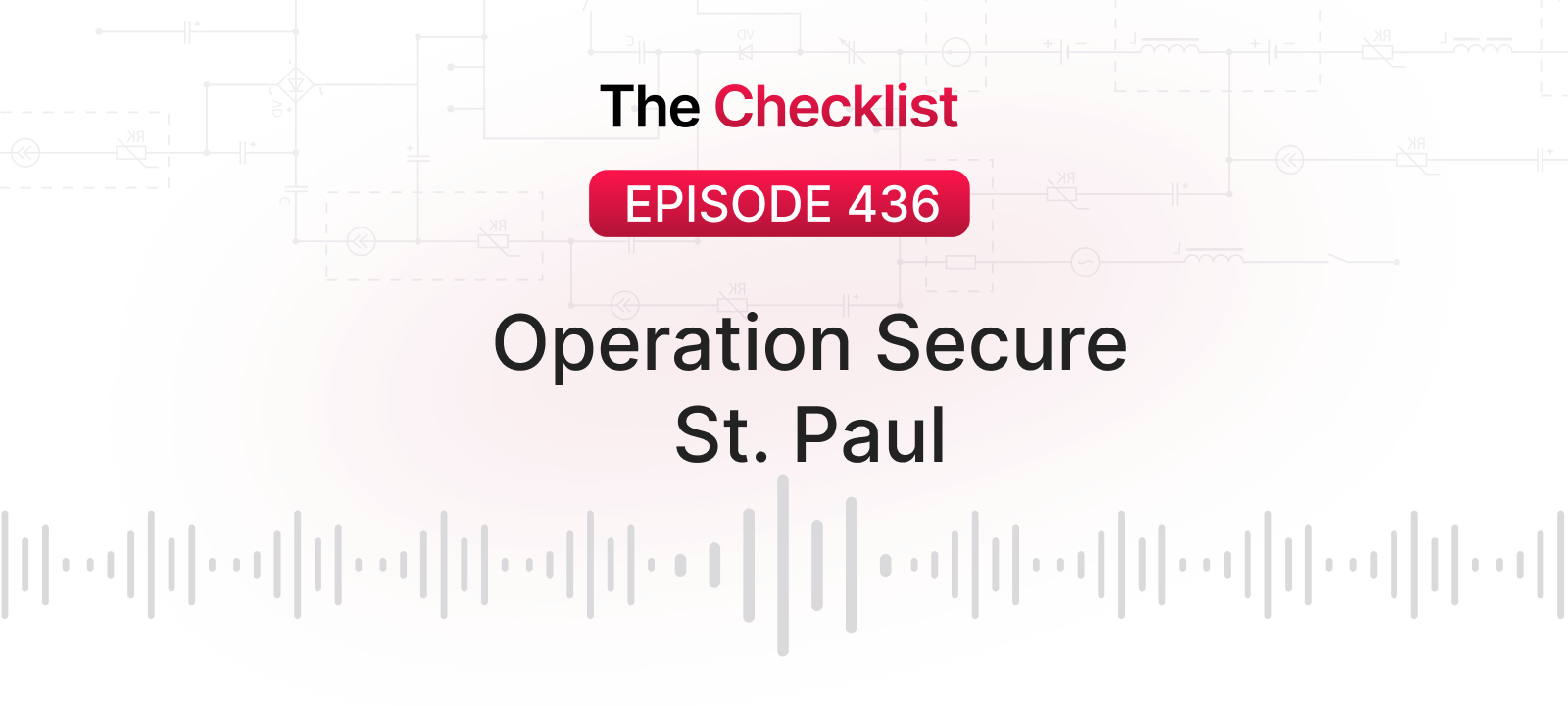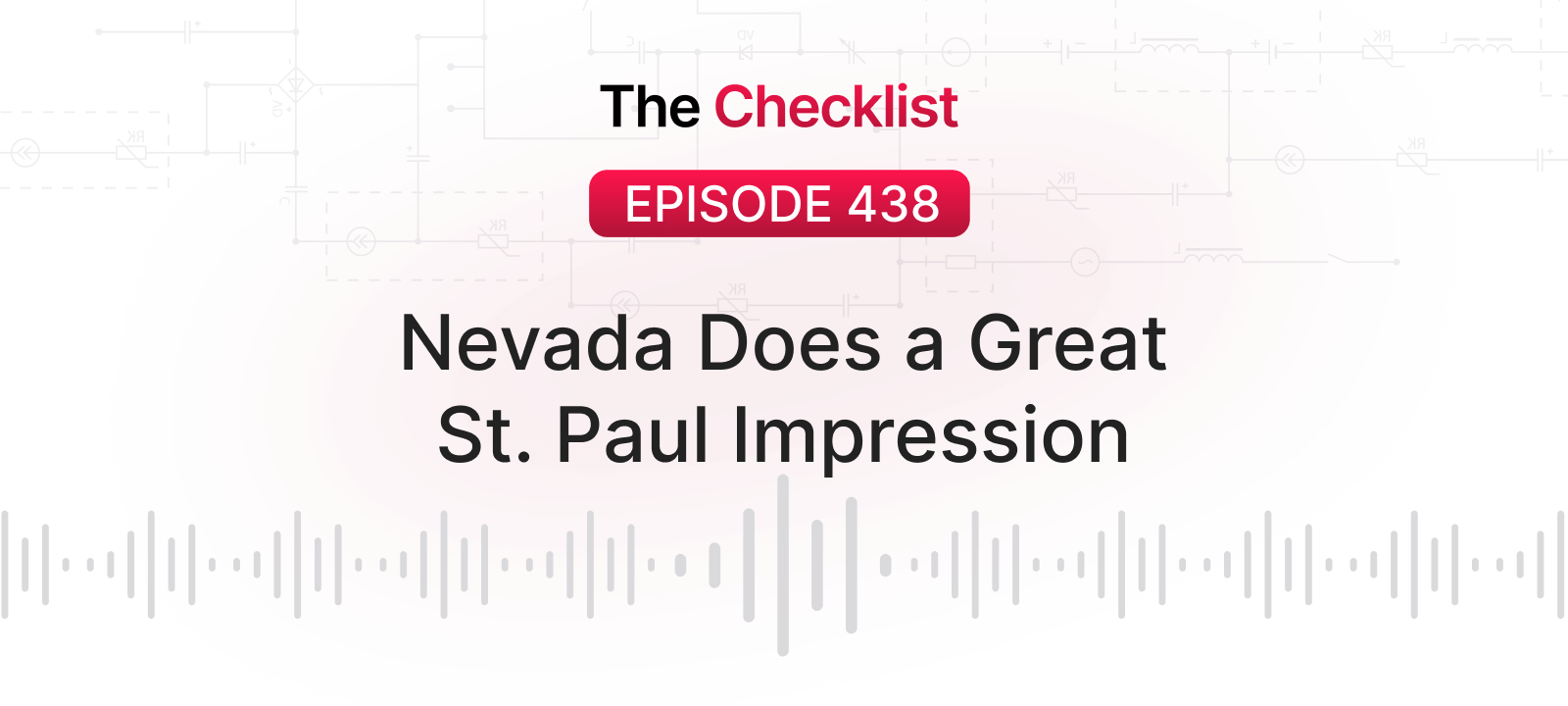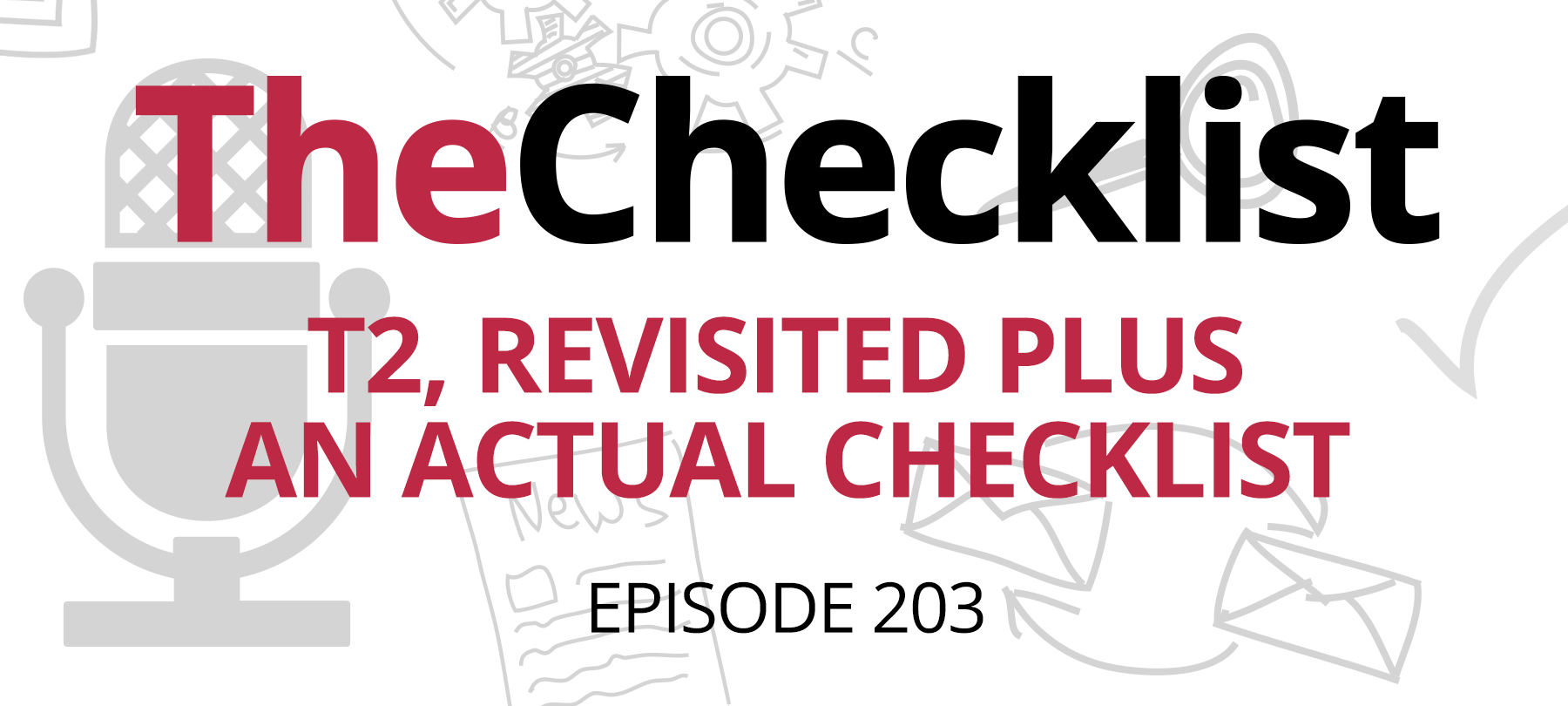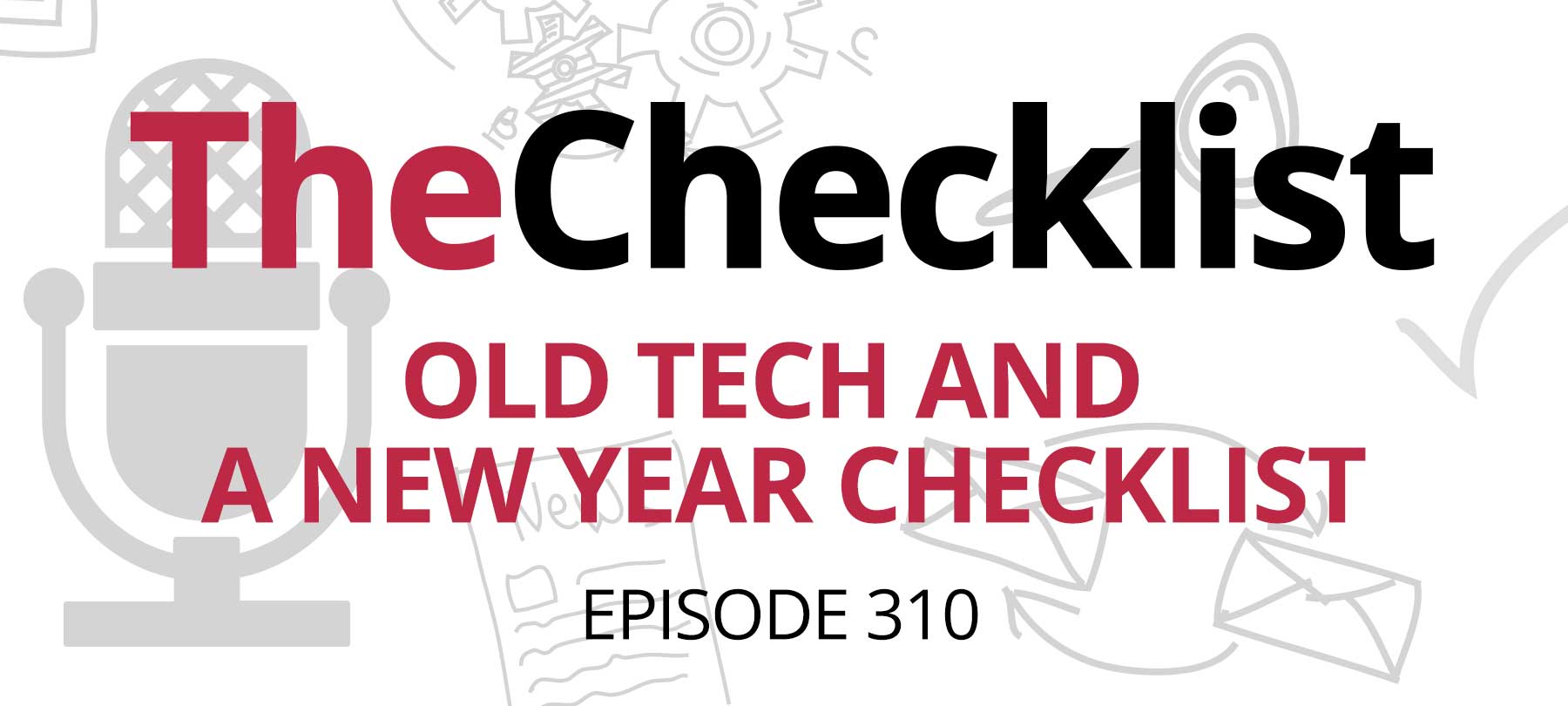Cyber Chaos in the Twin Cities: Saint Paul Hit by Prolonged Digital Assault While Neighboring North Saint Paul Battles Separate Breach
A second week of digital disruption continues to grip the city of Saint Paul following a “deliberate, coordinated digital attack” that has crippled vital municipal systems, according to city officials. The cyberattack—described as the work of a “sophisticated external actor”—has left key infrastructure offline, including public libraries, recreation centers, and the city’s online payment systems.
Public computers lost internet access, City Hall Wi-Fi went dark, and residents have been unable to pay their water and sewer bills online. The city responded by shutting down many digital systems in a bid to contain the breach.
While emergency services such as 911 remain functional, Saint Paul’s website continues to bear a warning banner declaring its response to the “digital security incident.” The attack was first identified on July 25, and as of this week, there is still “no telling” when full restoration will occur.
A Tale of Two Saint Pauls
Adding to the confusion, a separate cyberattack struck North Saint Paul, a distinct city just northeast of Saint Paul. CBS News initially reported the breach as affecting “North St. Paul Police Department,” prompting some to mistake it as an extension of the Saint Paul attack.
According to North Saint Paul officials, the police department’s systems were affected, though public safety and critical infrastructure remain operational. The city has enlisted a law firm and cybersecurity team to investigate the incident. Details on the scope of the breach remain scarce.
“We’re working closely with local, state, and federal partners to resolve the situation,” said the city’s police chief.
Aftershocks: Fraud and Phishing
One worrying consequence of the Saint Paul attack is a rise in phishing scams targeting residents. The city warns of “fraudulent invoices claiming to be from the City of Saint Paul” that may appear in inboxes. Hidden on the city’s site is a public notice alerting citizens to suspicious emails and offering tips to detect scams.
Key red flags include:
- Faded or mismatched logos
- Inconsistent font usage
- Unusual payment requests, such as wire transfers
- Urgency tactics, like time-sensitive warnings
- Fake contact numbers potentially promoted via search engine ads
The city, echoing advice from SecureMac, urges people to verify suspicious messages using official contact sources and to avoid clicking on unexpected links or attachments.
“If it comes out of the blue or seems unusual—really check the message and its source before acting on it.”
A Broader Trend
This style of cyber fallout isn’t new. Similar phishing waves followed the onset of COVID-19, the Los Angeles fires, and the death of Queen Elizabeth II. As the Saint Paul situation shows, large-scale disruptions are often followed by a secondary wave of exploitation targeting vulnerable, confused, or distracted citizens.
Apple’s iOS 26 Targets Public Wi-Fi Dangers with New Security Indicators
With the release of iOS 26 and iPadOS 26, Apple is rolling out a seemingly small—but potentially significant—feature to help users avoid a long-standing digital hazard: unsecured public Wi-Fi networks.
The new “Enhanced Wi-Fi Network Indicators”, detailed by iDownloadBlog, will display privacy status and security icons directly in the iOS Control Center, allowing users to instantly see which networks are secure and which are not.
While iPhones and iPads have long shown a lock icon next to password-protected networks, iOS 26 makes this more visually prominent and accessible. By pulling down the Control Center and pressing the Wi-Fi control, users will now get a clear list of nearby networks, with locked (secured) and unlocked (public) networks clearly marked.
“It may sound like overkill, but it could be the difference between logging into a secure network and one that some bad guy’s simply named ‘public wifi.’”
A Cautionary Tale from the Early Net Days
The segment included a personal anecdote from the podcast’s host, who described reckless early-2000s attempts to upload podcasts via open networks—including standing outside closed cafés late at night with an expensive laptop in hand, risking both digital and physical security.
“I felt like a character from a William Gibson novel. I was, in fact, an idiot,”
He eventually stopped—partly because the open network near his apartment was shut down, and partly to avoid getting mugged. What he didn’t realize at the time was that using unsecured public Wi-Fi wasn’t just a bad idea from a street-safety perspective—it was also an open invitation to cyber snoopers and scammers.
Open Wi-Fi: A Hacker’s Playground
Referencing a piece from How-To Geek, the podcast broke down the dangers of open wireless networks:
- Snooping: Because open networks are often unencrypted, attackers can view the websites you visit, what you type into forms, and even detect encrypted connections (though not the data itself).
- Infected Hardware: Malicious devices on the same network could attempt to compromise yours.
- Rogue Hotspots: Cybercriminals may create fake Wi-Fi networks with innocuous names like “Free Wi-Fi” to steal data or login credentials.
Safer Alternatives
For those who must go online in public, we recommended using:
- Trusted VPN for encryption,
- Personal 5G hotspot from a phone,
- Simply avoiding public Wi-Fi altogether, something he said he’s done for years.
“Your 5G connection may not be quite as fast as the coffee shop Wi-Fi,” he added, “but you can trust its security as much as you trust your cellphone’s security—which is between you and your god.”
The Bigger Picture
Apple’s new Control Center feature may not change behavior overnight, but it nudges users toward greater awareness of wireless threats. In an age when even casual connections can open digital doors to bad actors, the emphasis on visual clarity and convenience could prove meaningful—especially for the less tech-savvy.



